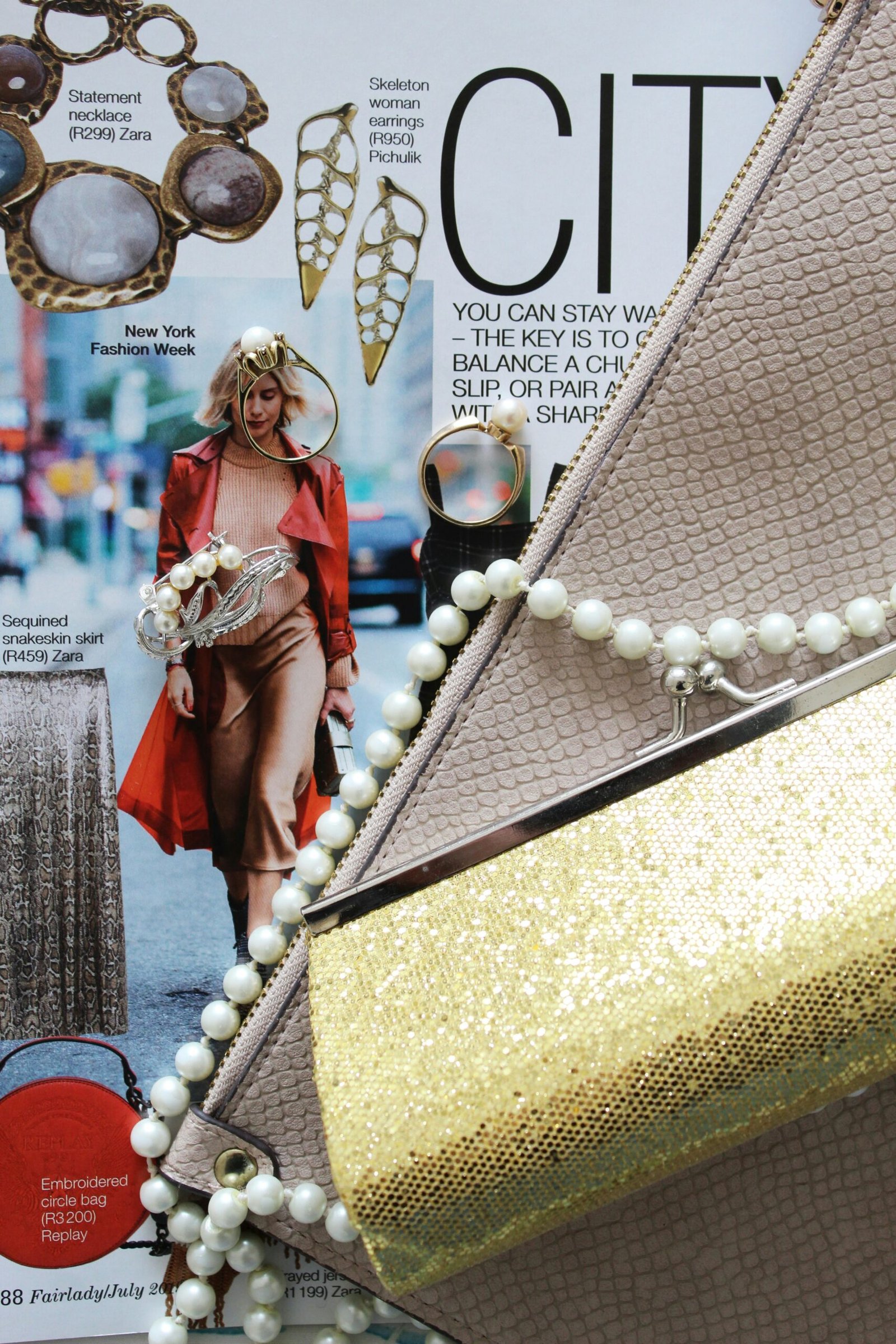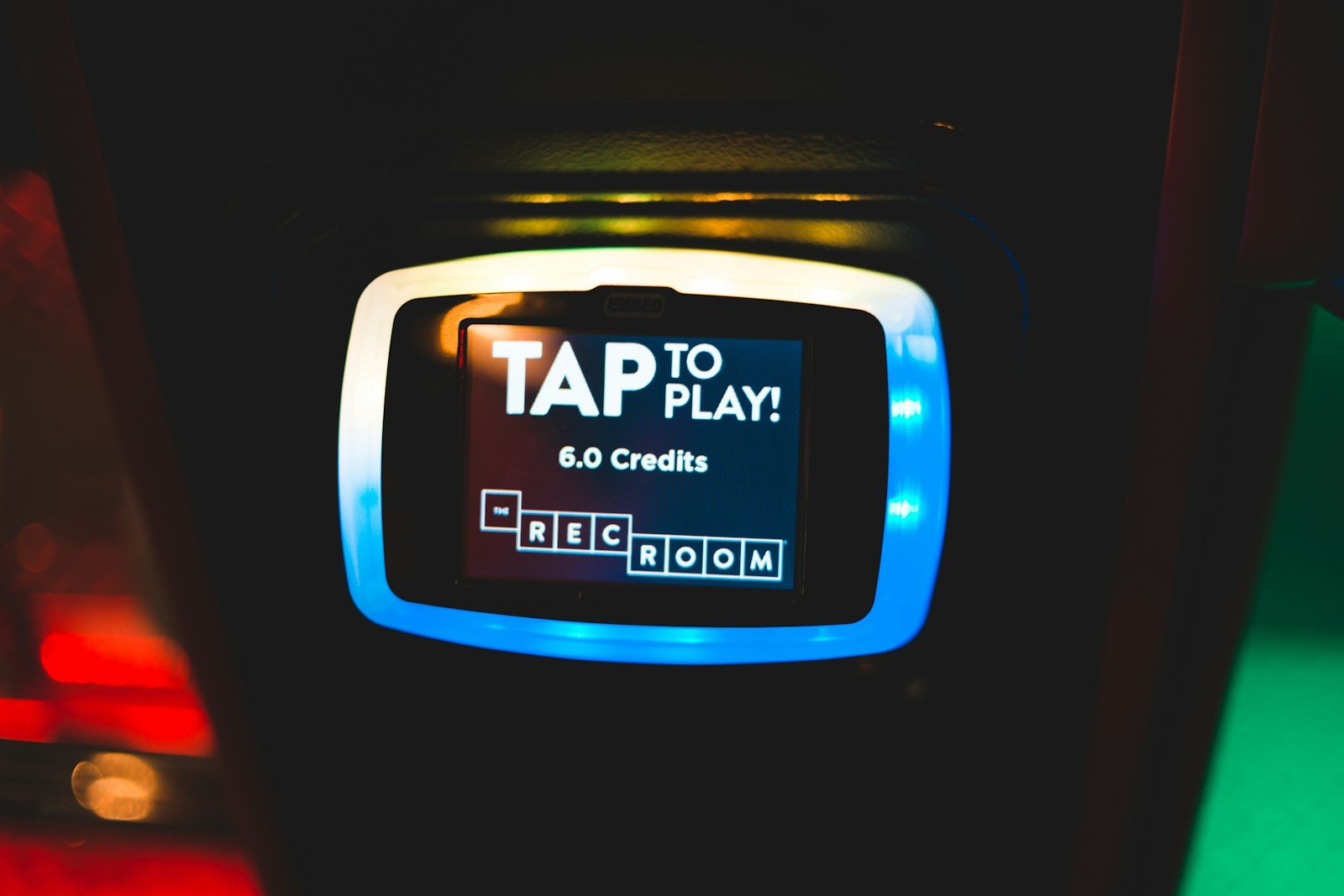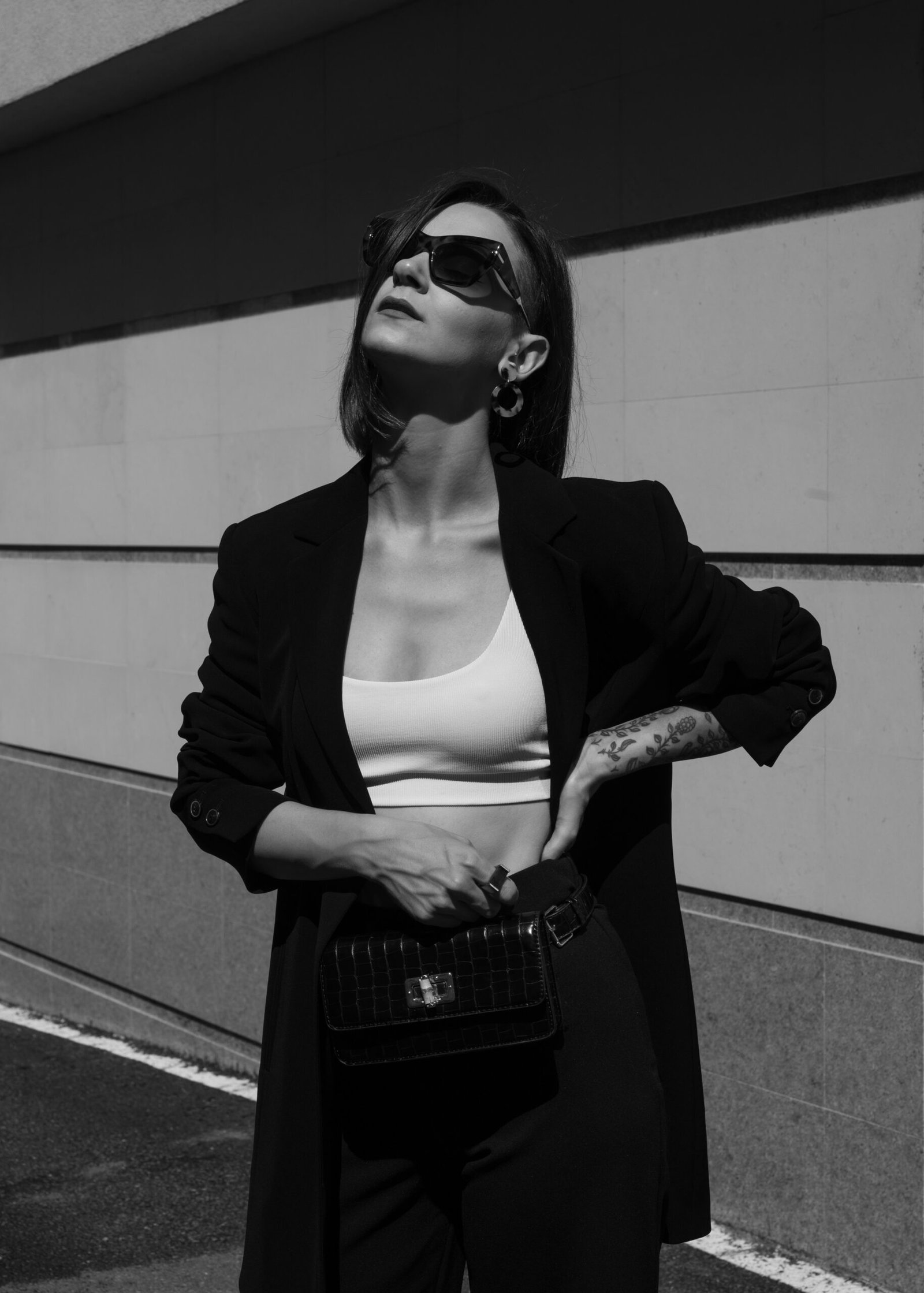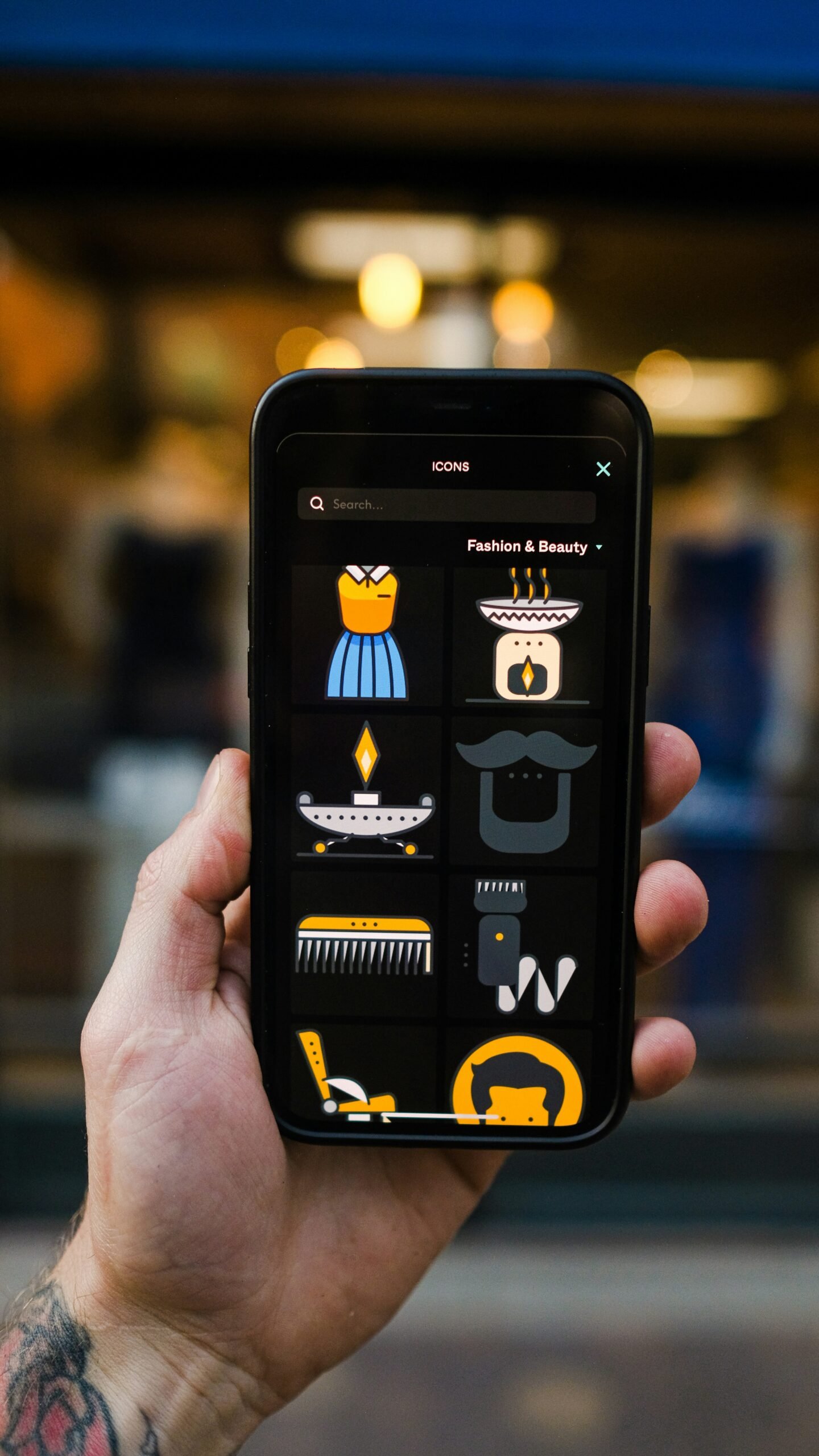
Fashion trends serve as dynamic reflections of societal values, cultural shifts, and technological innovations. The evolution of these trends is a fascinating process often influenced by a myriad of factors. Among them, social media has emerged as a powerful player in shaping public perception and sparking new styles. Platforms like Instagram and TikTok facilitate the rapid dissemination of ideas, allowing fashion influencers to introduce and popularize novel concepts with unprecedented speed.
Furthermore, global events, such as political movements, economic changes, and environmental issues, significantly impact the fashion landscape. Designers and brands are increasingly mindful of the need to address sustainability in their creations. This shift towards eco-fashion is not merely a trend but also a response to the growing awareness around climate change, prompting a reevaluation of consumption habits within the industry.
Technological advancements also play a crucial role in transforming fashion. Innovations such as 3D printing, virtual reality experiences, and augmented reality showrooms have altered how consumers interact with brands. These developments present fresh opportunities for designers to push creative boundaries and engage audiences in new ways, fostering a culture of experimentation and adaptation.
As we look ahead towards 2025, it is essential to consider how these various influences will merge to create a tapestry of trends that encapsulate the zeitgeist of that period. By understanding the foundational elements that shape fashion trends, we can better appreciate the anticipated styles and movements that will define the upcoming year. These insights will prepare us to embrace the exciting changes that lie ahead in the realm of fashion.
Sustainable and Eco-friendly Fashion
As the global focus shifts towards environmental preservation, the fashion industry is undergoing a significant transformation, with sustainability becoming a pivotal aspect of modern design. In 2025, consumers are expected to prioritize sustainable and eco-friendly fashion choices, leading brands to adopt innovative practices that align with these values. By emphasizing eco-friendly materials and ethical manufacturing processes, the industry is responding to a growing demand for transparency and responsibility.
One of the most compelling aspects of sustainable fashion is the use of eco-friendly materials. Designers are increasingly turning to organic cotton, hemp, bamboo, and recycled fibers as viable alternatives to conventional textiles. These materials not only reduce the carbon footprint associated with fashion production but also resonate with conscious consumers who prioritize environmental stewardship. Brands like Stella McCartney and Reformation are at the forefront of this movement, showcasing how luxury and sustainability can coexist harmoniously.
Moreover, ethical manufacturing processes have become a cornerstone of sustainable fashion. Many labels are committed to ensuring fair labor practices and minimal environmental impact throughout their supply chains. Brands such as Eileen Fisher exemplify this commitment by implementing transparent production methods, from sourcing raw materials to the final product. This dedication to ethical practices not only fosters consumer trust but also sets industry standards that challenge traditional manufacturing paradigms.
Another notable trend is the rise of upcycling in fashion. Designers are now creatively repurposing existing garments and materials, transforming what would otherwise contribute to waste into fashionable and unique pieces. Companies like Bode and Zero Waste Daniel are leading this initiative, encouraging consumers to rethink their relationship with clothing by promoting the value of reuse and creativity.
In essence, the shift towards sustainable and eco-friendly fashion in 2025 will not only reflect consumer preferences but also encourage the industry to embrace a more responsible approach, creating a positive ripple effect across the global marketplace.
Bold and Bright Colors
As we approach the year 2025, a noticeable shift in color palettes is set to emerge within the fashion industry. This forthcoming trend embraces bold and bright colors, marking a departure from the muted tones that have dominated recent years. Designers and trend forecasters suggest that these vibrant hues will play a pivotal role in defining personal and collective styles. The appeal of striking colors lies not only in their visual impact but also in their psychological effects and symbolic meanings. Colors such as electric blue, vivid orange, and rich fuchsia are anticipated to garner widespread attention as individuals seek to express their identities and moods through fashion.
Color psychology reveals how specific hues can influence feelings and behaviors, making the adoption of bold colors particularly relevant. Bright shades have been associated with emotions such as happiness, energy, and optimism, which could encourage individuals to explore their sartorial choices in empowering and expressive ways. For example, wearing a bright yellow outfit may evoke feelings of cheerfulness, while a bold red ensemble can signify power and confidence. The intentional use of these colors can serve as a powerful tool for self-expression in one’s wardrobe.
Integrating these vivid shades into everyday outfits can be achieved through a variety of approaches. Accessories, such as bags, shoes, and statement jewelry, can introduce splashes of color to otherwise neutral ensembles. Additionally, layering garments in contrasting bright hues will create a dynamic look that stands out. Whether through bold prints or color blocking techniques, embracing the forthcoming fashion trend of 2025 can add an element of fun and confidence to daily attire. This lively shift in color preferences not only reflects personal style but also a broader cultural desire for positivity and vibrancy in fashion.
Digital Fashion: The Rise of Virtual Clothing
The fashion industry is undergoing a significant transformation with the advent of digital fashion and virtual clothing. As technology rapidly integrates into everyday life, designers and brands are adapting to these changes by creating clothing that exists exclusively in the digital realm. This innovative approach not only caters to the tech-savvy consumer but also aligns with the growing emphasis on sustainability. With the production of physical garments contributing to environmental issues, digital fashion offers a more sustainable alternative. Consumers can express their style without the environmental impact of traditional clothing, making virtual apparel an attractive option.
The usage of virtual clothing has gained traction primarily in online spaces such as social media platforms and gaming environments. Influencers and brands are increasingly opting for virtual outfits in their digital content, allowing them to reach wider audiences while setting new trends. Users can purchase virtual garments to dress their avatars or enhance their online appearances, offering a new layer of self-expression. This trend is not limited to casual wear; luxury brands are also investing in digital fashion, showcasing high-end designs that are exclusively available in virtual formats. The blending of fashion and technology is creating an entirely new landscape for consumer interaction.
Moreover, the rise of the metaverse has further accelerated interest in virtual clothing. As more users engage in immersive digital experiences, the demand for stylish and customizable avatars continues to grow. This shift indicates a potential future where virtual fashion becomes a norm and traditional purchases are complemented—if not replaced—by digital acquisitions. Virtual clothing allows for instant gratification without the limitations of physical inventory, making it a highly appealing option for both consumers and brands. As we look to the future, the impact of digital fashion on fashion consumption continues to evolve, highlighting the potential it holds for an integrated and resource-efficient fashion ecosystem.
Gender-fluid Fashion
In recent years, the fashion industry has witnessed a significant shift towards gender-fluid fashion, a movement that is breaking traditional gender norms associated with clothing. This trend promotes inclusivity by embracing styles that transcend conventional gender categories, allowing individuals to express their identities more freely. Designers are increasingly creating collections that cater to all genders, moving beyond the binary notions of ‘men’s’ and ‘women’s’ clothing. This shift not only reflects societal changes but also encourages a broader acceptance of diverse gender identities in mainstream culture.
Many renowned fashion brands are now showcasing gender-neutral collections that incorporate a wide range of styles, often characterized by oversized silhouettes, androgynous cuts, and versatile pieces. By prioritizing comfort and individuality, these collections appeal to a growing audience that seeks fashion alternatives to restrictive gender-specific attire. In this context, the concept of gender-fluid fashion promotes self-expression and challenges the traditional perceptions of masculinity and femininity in clothing choices.
The cultural impact of the gender-fluid fashion movement is profound. It has encouraged discussions about gender identity and expression beyond clothing, fostering a more accepting and diverse community. As this trend gains traction, it is reshaping how individuals view their personal style and societal expectations regarding gender roles. Fashion shows are increasingly featuring models of various gender identities, reflecting the importance of representation and inclusivity in the industry. Through this evolution, gender-fluid fashion not only redefines style but also plays a crucial role in normalizing diverse expressions of identity, paving the way for future generations to embrace their uniqueness without fear of judgment.
Tech-Integrated Fashion
The intersection of technology and fashion is set to redefine the industry landscape by 2025. As consumers increasingly seek functionality alongside aesthetics, smart textiles and wearable technology are emerging as pivotal elements in modern apparel design. These innovations not only enhance comfort and usability but also transform the wearer’s interaction with their clothing. For instance, garments embedded with sensors can monitor health metrics or adjust to environmental conditions, highlighting a seamless blend of style and practicality.
Wearable tech, including smartwatches and fitness trackers, has already gained significant traction, but the next phase involves more seamless integration into everyday fashion items. Fashion designers are collaborating with tech companies to create pieces that adapt in real-time. Imagine a jacket that changes color based on body temperature or a dress that can display digital art — the possibilities are expanding rapidly. By 2025, such integrations will likely become commonplace, allowing individuals to express their personal style while benefitting from the functional advantages of technology.
Moreover, augmented reality (AR) will become a crucial feature in tech-integrated fashion. AR applications will allow consumers to visualize how various clothing items look on them without needing to try them on physically. This virtual fitting room experience not only enhances the shopping experience but also minimizes returns and waste, fostering a more sustainable fashion cycle. As these technologies evolve, they will empower consumers to curate wardrobes that reflect their individual tastes and lifestyles while incorporating innovative functionalities.
The future of fashion lies at the crossroads of creativity and technological advancement. As tech-integrated fashion takes center stage, consumers can expect a revolution in how they experience and engage with their clothing, leading to a more interactive and personalized approach to style in the years to come.
Retro-Futurism: Nostalgia Meets Innovation
Retro-futurism, a captivating blend of past aesthetics and modern innovation, is anticipated to take center stage in the fashion landscape by 2025. This trend sees designers drawing inspiration from various eras, seamlessly merging vintage silhouettes with cutting-edge materials and technologies. As the fashion industry embraces the cyclical nature of trends, the revival of styles from the 1970s through the 1990s promises to bring a refreshing perspective, enriched with futuristic elements.
One of the standout features of retro-futurism will be the incorporation of vibrant colors, bold patterns, and unique textures reminiscent of iconic fashion moments. Expect to see oversized blazers and flared trousers from the ’70s, adorned with modern twists, such as 3D-printed accessories and reflective fabrics. Moreover, the minimalist style of the ’90s is likely to re-emerge, enhanced by innovative cuts and high-tech textiles that prioritize comfort and functionality without sacrificing style.
Key influences from the past will also inform footwear trends, with platform shoes and chunky sneakers making a significant return. These designs will be infused with contemporary materials such as sustainable textiles and smart fabrics, offering both aesthetics and practicality. Accessories will play a crucial role in defining this trend; think of statement bags and retro sunglasses revamped with smart technology, allowing wearers to stay connected on the go while showcasing their unique style.
As society increasingly looks to the past for inspiration, the retro-futurism trend embodies a nostalgia for simpler times combined with a forward-thinking outlook. This juxtaposition not only enhances personal expression through fashion but also reflects a collective desire to embrace innovation while honoring historical influences. In this dynamic fashion landscape, retro-futurism promises to capture the imagination of fashion enthusiasts worldwide.
Accessories as Statements
Accessories have long played a pivotal role in the fashion landscape, but the trend moving towards bold statement pieces is particularly pronounced in 2025. Oversized jewelry, unique bags, and standout footwear are replacing minimalism as the core focus of many outfits, transforming how individuals express their personal style. This growing inclination towards accessory-driven looks emphasizes the idea that these elements are no longer merely supplementary, but rather focal points that can define an entire wardrobe.
Oversized jewelry, such as chunky necklaces, large earrings, and statement rings are becoming increasingly popular. These pieces, often crafted from unconventional materials or featuring striking colors, draw attention and create a strong visual impact. When styled thoughtfully, oversized jewelry can elevate simple outfits, transitioning them into fashionable statements. Pairing a bold statement necklace with a classic white shirt, for instance, can create a chic contrast that is both stylish and eye-catching.
In addition to jewelry, unique bags contribute significantly to the aesthetic essence of an ensemble. Irregular shapes, vibrant hues, and intricate designs characterize bags that serve as conversation starters. A bold handbag can effortlessly transform a mundane outfit into something striking. When incorporating these accessory types, it is advisable to choose one standout piece and balance the rest of your outfit with more muted elements. This method ensures that your statement accessory remains the focal point, allowing it to shine without overwhelming the overall look.
Finally, statement footwear—such as brightly colored heels, artisanal boots, or striking sneakers—adds a dynamic layer to outfits. These shoes not only offer a bold aesthetic but also enable the wearer to communicate their style preferences. Integrating these trends into one’s wardrobe creates opportunities for unique, individualistic expressions of fashion. As accessory statements continue to gain traction, they are set to redefine the modern landscape of personal style in 2025.
Conclusion: Embracing Change in Fashion
As we look forward to 2025, it is evident that the fashion landscape is set to undergo significant transformations. The trends discussed throughout this article not only highlight the dynamic nature of fashion but also underscore the value of embracing change in our personal style. With the rise of sustainable materials, technological integration, and bold designs, the upcoming years will challenge traditional notions of what fashion can be.
Embracing change is crucial as it allows individuals to explore their identity through style. The representation of diverse cultures and the push for inclusivity within fashion will empower everyone to seek clothes that resonate with their personal experiences and preferences. By being open-minded to emerging trends, fashion enthusiasts can experiment with innovative silhouettes, vibrant colors, and unconventional accessories that define future wardrobes.
The concept of personal style will continue to evolve, reflecting broader societal shifts. With a growing awareness of sustainability and ethical consumption, many will prioritize fashion choices that align with their values. This mindset fosters a sense of responsibility, pushing both consumers and designers to consider the environmental impact of their creations. Those willing to adapt will find joy in discovering unique pieces that tell a story and contribute positively to the world.
In conclusion, the ability to adapt and embrace change in fashion is essential for everyone. As we gear up for 2025, let us remain receptive to new ideas and innovations. Cultivating an open mind will not only enhance individual style but also contribute to a more imaginative and sustainable fashion industry. The future of fashion awaits, and it promises to be exciting and transformative for all. Dive into this journey of self-expression and let fashion reflect the vibrant changes of our time.





